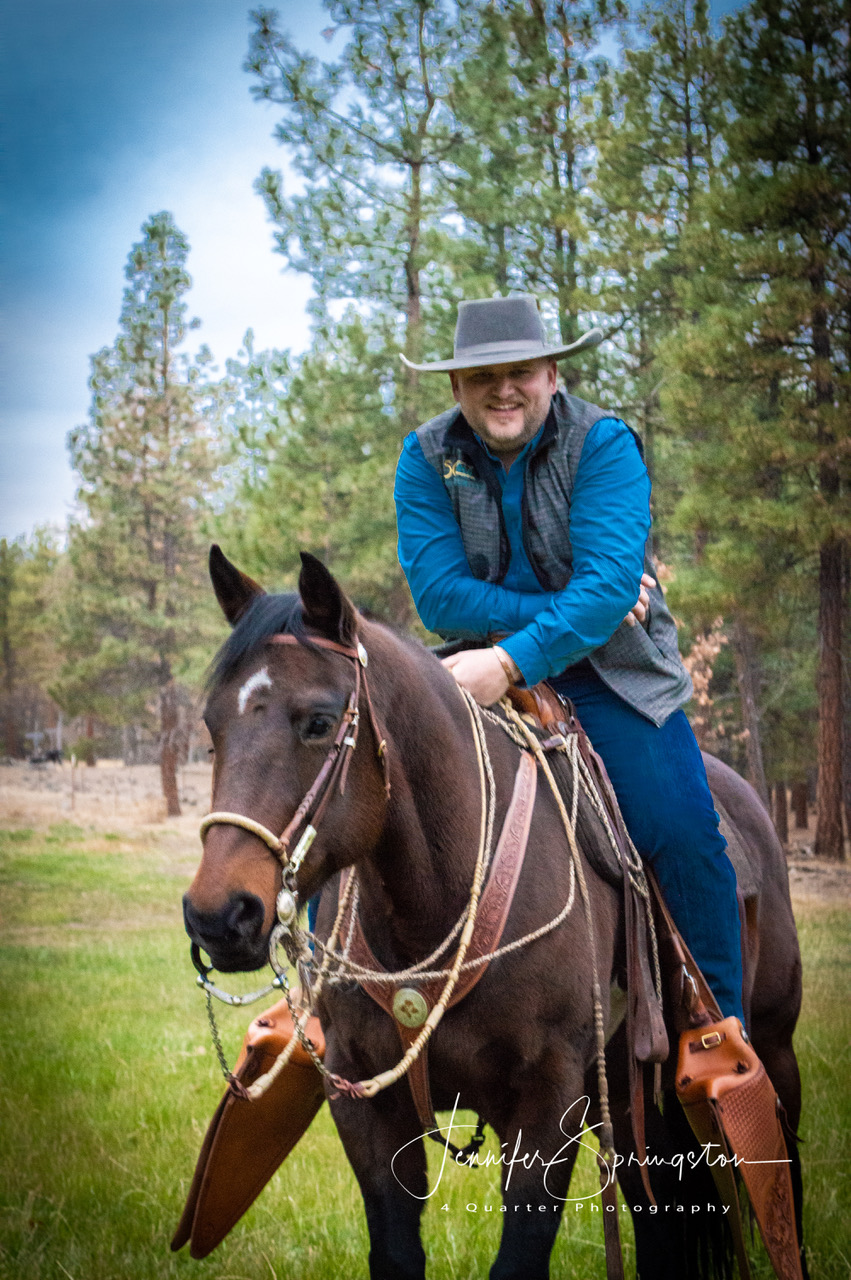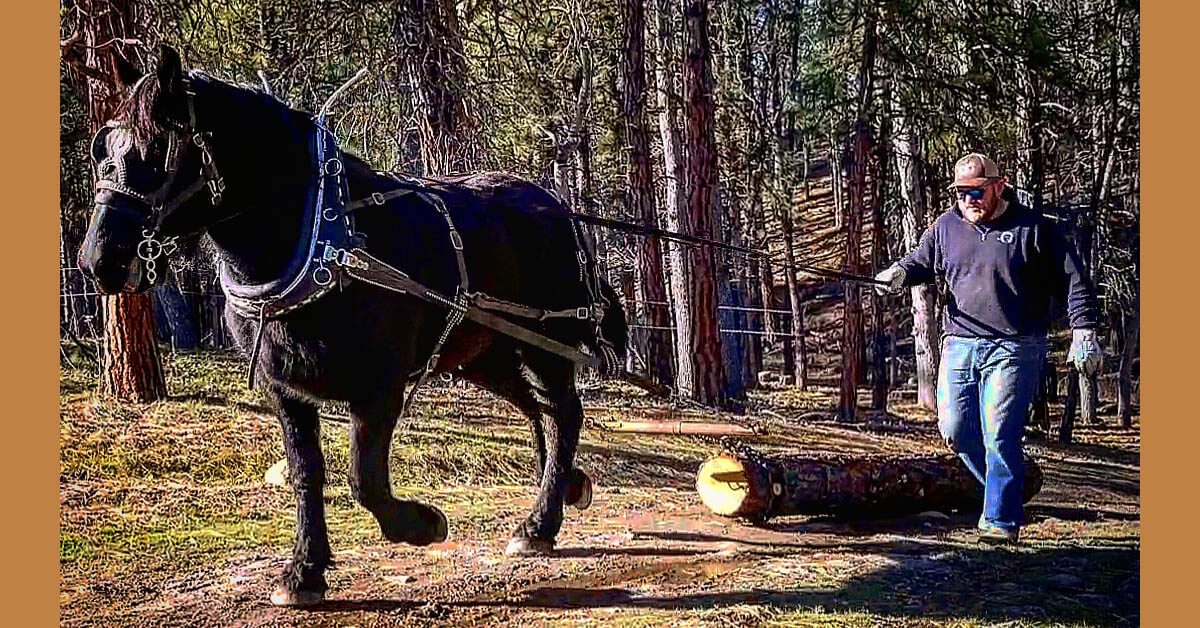Pressure plays an important role in the life of a horse. Horsemen have capitalized on the use of pressure and its corresponding release for centuries. Horses can be taught to move off of pressure or to strain mightily against it. In this article we will talk mostly about teaching them to move away from pressure.
Horses are often described as sensitive enough to feel a fly land on their back. Truthfully, they can be just as sensitive to pressure that is not even tactile. They read instantly the pressure another horse puts on them with just a sideways look. They may turn back in a round pen when a handler slightly shifts position.
On the flip side, horses can learn to ignore pressure or even to overwhelm or run into pressure. They can be very good at putting pressure on their human companions, in some cases even breaking them to lead.
When we ride or work with our horse, there are constant outside pressures that either push or draw the animal. It may be a comfortable place in the barn, buddies in another corral, the arena gate, a plastic bag, or hormonal challenges. We want the pressure/release we use to be a higher priority than any outside pressure.
Let’s break down the most common ways we use pressure to train or communicate:
Static Pressure (steady pressure)
Example: A steady squeeze with the legs or pull with the reins
Pros: Subtle, quiet, accurate
Cons: The horse can learn to resist, requires a well-timed release, can be difficult for the horse to process
Dynamic Pressure (pressure in motion)
Example: A bumping leg, a tugging on the rein, a half halt
Pros: Easily understood, can build impulsion, has a built-in release
Cons: Requires rhythm, the horse can become fearful or resentful, can dull/desensitize
Draw Pressure (the horse’s natural desire to fill a void, go through an opening, or chase)
Example: Opening a leg aid, opening a gate, stepping back in the round pen
Pros: Takes advantage of natural desire, positive pressure, the horse looks for it
Cons: Requires preplanning, lacks consequences for inaction, can be difficult for the human to understand
There are other ways pressure may be used, but these are the most common. The real secret to pressure is not pressure at all. In fact, it’s the release of pressure. The well-timed release is crucial in communication with the horse. It says, “Well done! You found the right answer.”
Even when using draw pressure, it’s helpful to finish the maneuver by normalizing our aids. If you open a leg for a maneuver, put the leg back when done so the horse has a point of reference.

Another question regarding pressure is how much? The answer to this can vary from horse to horse and person to person. A good principle to keep in mind is to use as much pressure as it takes to be meaningful to the horse. If you watch a boss horse interact with an underling, it will teach you that this can be quite a lot. If you ask your horse to move and he says no… he either lacks understanding, obedience, or the pressure you used had a low cognitive priority and wasn’t meaningful.
Years ago, people would err on the side of being heavy-handed. Nowadays, in the name of giving the horse a good deal, many horses lack discipline and are pushy. Truthfully, well enforced boundaries provide a lot of comfort to an animal that thrives in a herd hierarchy.
Once you have your methods down, you can work on sensitivity to pressure. Earlier we referenced a horse being sensitive enough to feel a fly. That tells us they can be taught to be pretty darn sensitive. Unfortunately, that’s not always practical. You should consider your riding discipline, athletic ability, and general purpose when deciding how sensitive you want a horse to be. Not everyone needs a horse tuned like a Ferrari. Some need a Ford 350.
A horse that is too sensitive can be desensitized to pressure by delaying the release of timing slightly. If the horse needs to be more sensitive, that comes from being quicker to reinforce our aids. We can provide really clear “if/then” scenarios so the horse knows that when we ask, we mean it. Soon they will understand the role of pressure.

Teddy Franke from north central Oregon is a life-long student of the horse. Along with his family, he manages the horse program for Camp Morrow and operates Franke Equine; a horsemanship and farrier business. Teddy is a CHA certified master riding instructor and certifier. He is a graduate of Mission Farrier School, an ASHA Judge, a past AYHC board member, and is a sitting board member for the Certified Horsemanship Association. He loves competing in ranch roping and stock horse events. Check out his show “Live Equestrian” on Farm and Ranch TV or on YouTube. For more info visit FrankeEquine.com.






